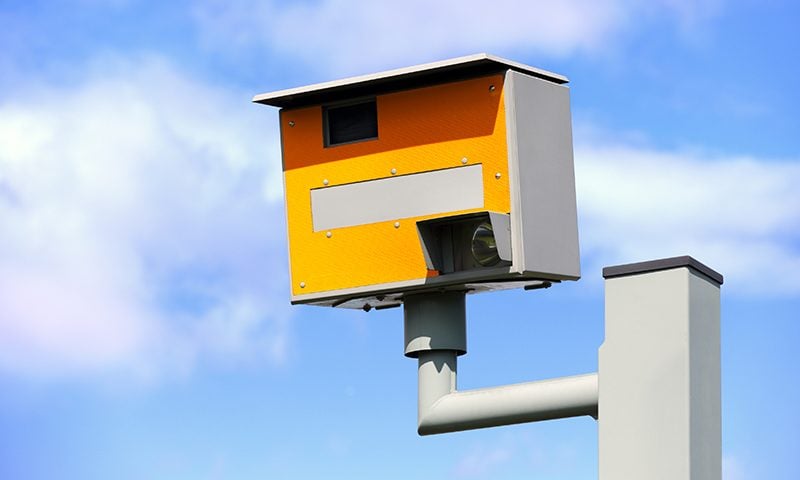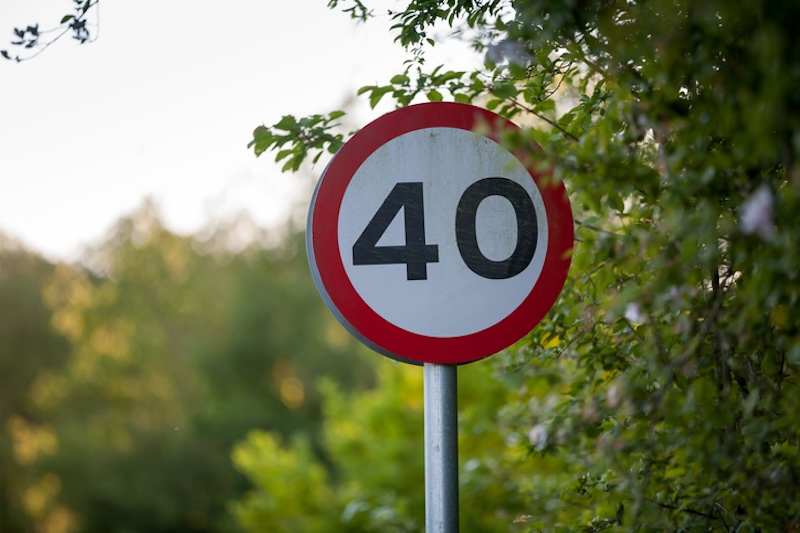Beat the confusion of traffic cameras

You shouldn’t be speeding, but even if you’re driving at a leisurely pace, it doesn’t take more than the flicker of yellow in your peripheral vision to have you slam on the brakes and check your speed. But they aren’t the only ones you should be wary of…
Gatso speed camera
Required by law to be painted bright yellow, these pesky boxes are easy to spot. They’re also accompanied by signage that warns you of their presence.
Typically, a speed camera will use radar to detect how fast you’re going. If you’re driving over the limit, it will take two pictures to show the distance your vehicle has travelled within the time (using the speed-time-distance ratio you may be familiar with from your high school physics lesson).
These images are then used as evidence to land you with a fine or prosecution.
Arguing a penalty is difficult, unless the speed limit signage is illegible or missing, or you can prove the camera wasn’t working (although this would be incredibly difficult).
Average speed camera
Zones of the road are often governed by average speed cameras, especially smart motorways and highways where there are roadworks in place. They must be well signposted and the speed limit restrictions have to be clearly marked.
Using number plate recognition, one camera monitors the time you are captured driving down the road. A second camera then captures your plate further down the road, and uses a calculation to determine your average speed between the two points.
Mobile speed cameras
Local police forces will often use vans equipped with mobile cameras to enforce speed restrictions in a reactionary style.
Although the vans are usually adorned in the familiar police colours, speed guns can often be used by officers standing on the roadside, or in marked or unmarked cars.
Red light cameras
Often found in high-risk areas such as city centres, cameras positioned at traffic lights will use sensors to capture drivers who pass through after the lights have turned red.
If you began crossing on amber then you’ll usually be fine.
Traffic violation cameras
Busy areas that are prone to congestion will often use cameras to monitor contraventions that could restrict the flow of traffic.
They could pick up offences such as stopping in box junctions, driving in bus lanes or stopping on restricted roads.
ANPR cameras
Automatic number plate recognition (ANPR) is a function that is often integrated into different types of camera.
It automatically scans the registration of your vehicle and runs it through databases to check there are no issues with insurance, tax, disqualifications etc.
Some inner-city cameras have this function and the surrounding signage will warn you of it. But it’s pretty difficult to avoid as most police cars have one fitted so it’s always best to stay on the right side of the law.
Keen to avoid penalties, fines and law breaking? Here’s a handy guide to motorway driving in 2018.


